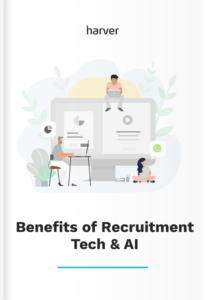Good organization in recruitment, as in every occupation, plays a big part in how successful is an individual going to be with what they do. And as being a recruiter means daily juggling tons of information about candidates and meetings, good time management is on top of anybody’s list if they want to do their job in the best way they can.
First, let’s see what makes good time management important for recruiters to master, and later we’ll cover how can you increase your productivity and time effectiveness, as well as some time management strategies best suited for recruiters.
What’s in?
- Why is good time management important for recruiters?
- How to increase your overall productivity?
- Best time management techniques for recruiters
Like what you see?
Don’t miss out. Subscribe to our quarterly digest to get the latest TA and TM resources delivered right to your inbox.
Why is good time management important for recruiters?
Good time management means effective use of one’s time. It allows you to plan your workdays in such a manner that you finish your work with a smaller amount of effort and in less time.
Let’s see what are some benefits recruiters can expect from good time management:
- You achieve what you want faster.
- You waste less time and more easily avoid frictions and problems.
- You feel more energized and have more leisure time.
- You feel more fulfilled as you carry out more tasks in less time.
- You feel less stressed and calmer over time.
Overall, by implementing good time management strategies, you make changes to your lifestyle for the better, learn to stop wasting time and start using it more wisely.
How to increase your overall productivity?
To get to that sweet spot where you can do more work in less time, you should first learn how to increase your productivity.
As a recruiter, you can increase your productivity by undertaking steps that will ensure you do your job faster, smarter, and better.
Here are the steps, divided into four categories:
1. Establish a proper morning routine
The way you start your morning has a great impact on the rest of your day and your work. To make the most of your mornings make sure you:
Get enough sleep – If you sleep at least 7 or 8 hours every night, your memory and problem-solving skills will improve. Sleep helps cognition and concentration, which in return leads to better performance and productivity at work.
Wake up early – Getting up early gives you the opportunity to prepare yourself mentally for the workday ahead. You will have enough time to make a nutritious breakfast that will keep you running for the good part of the day ahead. Mornings are also a great time for checking some things like reading or light emailing off the list, distraction-free.
Exercise – Exercising in the morning helps your brain to wake up and your body to feel more energized. When you are energized and alert you will be able to better concentrate on your work and be more productive.
Make good use of your daily commute – Many people need to take public or other means of transportation to get to their workplace. This can account for huge amounts of “wasted” time if not used productively. So, if you have to spend 30 minutes, an hour, or more on your daily commute, why not use that time to answer some emails, take an online course, or listen to a recruitment podcast that can help you acquire some new skills.
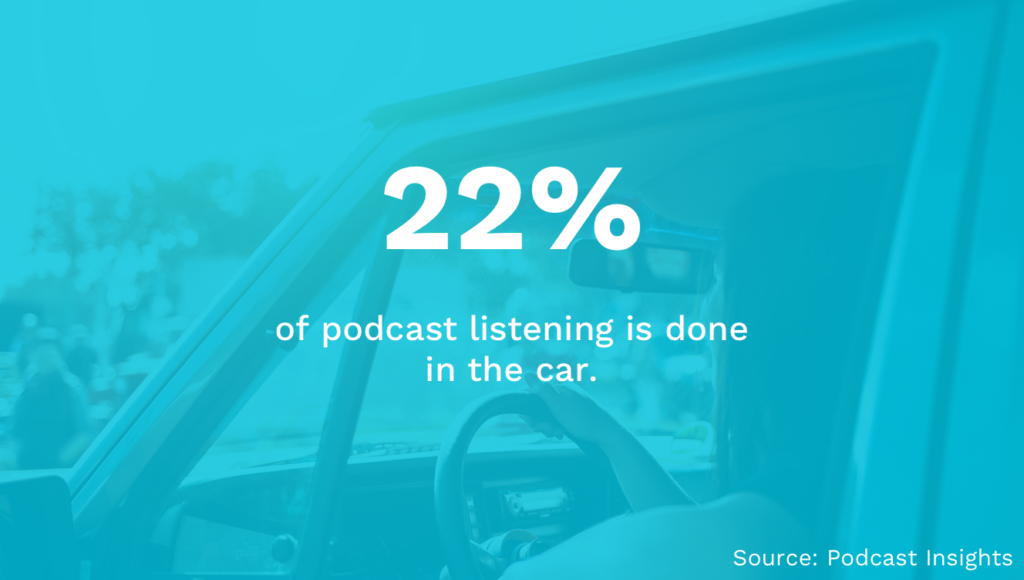
People often listen to podcast on their car or public transportation commute. This allows them to gain new knowledge and inspiration on the go.
2. Plan your days ahead
Make a to-do list – A recent study by Florida State University concluded that formulating specific plans for unfulfilled goals eliminated various interferences those unfinished goals cause. In short, making a to-do list frees you from anxiety over unfinished tasks, and makes you more effective.
Set deadlines – Setting deadlines helps you clear your priorities and make better plans. When you have one important task scheduled for next week, and another one by the end of the month, you will understand your priorities and know what to do first.
Set rewards – Reward yourself with small pleasures when you reach a certain goal or finish an important task. If the milestones are reached, go see a movie with your friends or allow yourself to enjoy some time playing video games. Whatever makes you motivated and rested.
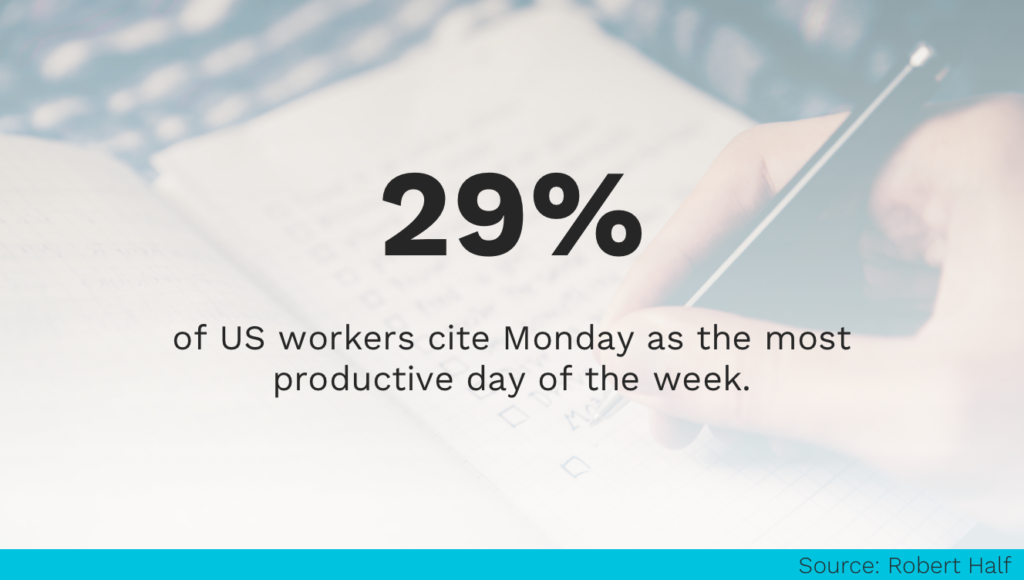
Tuesday follows with 27% of workers citing it as the most productive. By planning ahead, you can schedule your most important tasks of the week on your most productive days.
3. Work smarter and take regular breaks
Track time you spend on tasks – Tracking time you spend on tasks and projects helps you comprehend how exactly do you spend your time. It also helps you see if there are any improvements that need to be made. Time tracking also helps you manage time better by identifying bottlenecks and time wasters in both your everyday activities and your recruitment process. Free timesheet apps enable you to see your tracked time in reports which will give you the detailed look at your work routine.

People usually complete most tasks in the late morning. Track when you’re most successful with finishing the tasks at hand and optimize your recruiter workflow accordingly.
Work in intervals and take regular breaks – Break your work into manageable pieces with short breaks between them. This will make your workday easier and more dynamic. You can plan your work in intervals, according to the Timeboxing or the Pomodoro technique, which we’ll cover in more detail below.
Keep your focus – Focusing and doing quality work on multiple tasks such as conducting phone screenings and writing emails at the same time is nearly impossible. Instead, stick to your to-do plan and give all of your attention to one task at the time.
How AI & recruitment technology is changing recruiting experience
Find out how tech has helped other companies grow by enhancing both the recruiters’ and candidates’ experience!
4. Take care of your health
Don’t skip meals – When people are in a hurry or they’re lacking time, they tend to skip meals. But, this often causes quite the opposite effect. When your glucose levels drop, you will have a hard time concentrating, you will become moody, and overall less productive.
Learn to say “No” – Don’t hesitate to say “no” to your colleagues’ requests when you are focusing on your own work. If you always say yes to ad hoc tasks, you will have less time for your work, less time for leisure, and ultimately may risk burnout and stress.
Limit information – Information overload is a serious issue burdening our minds in this day and age. All of this unimportant information can interfere with your ability to focus on your work. To minimize its effects, limit what you read and limit the amount of information you take in. This means less social media and less YouTube videos if you have tasks waiting.
Leave some room for leisure time – Always leave a part of your day open for unwinding and for some “you” time. Start practicing a hobby that will keep your mind off of work or plan regular get-togethers with family and friends. Do whatever activity that will charge your batteries for the upcoming tasks and obligations.
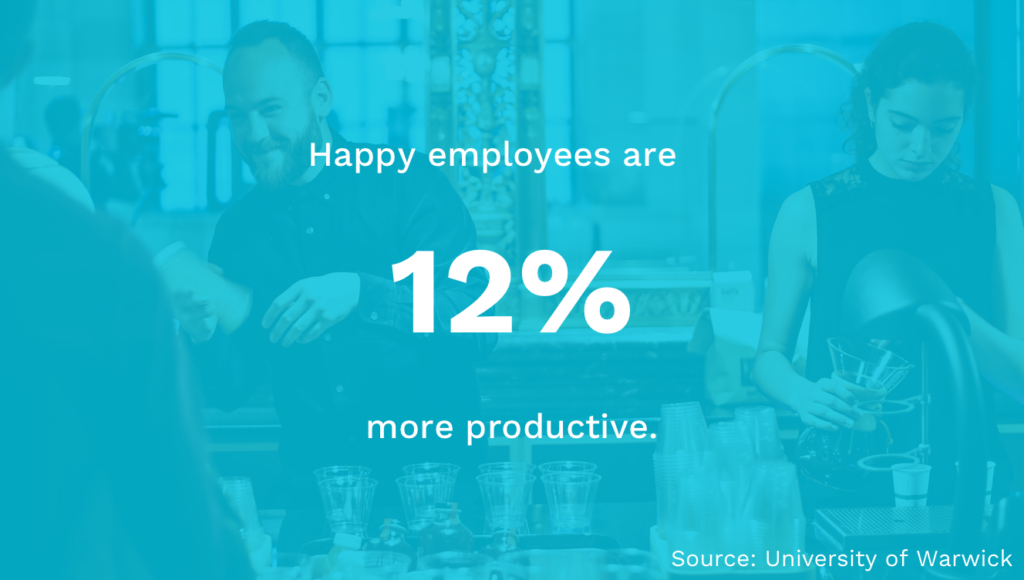
Taking care of your wellbeing will not only make you happier but also more productive at work.
Best time management techniques for recruiters
Implementing one or more time management techniques into your work plan is a crucial step for making you more productive. There are numerous time management techniques to try out, but we’ve picked only those best suited for busy recruiters.
Here are 5 best time management techniques recruiters should implement into their workday:
1. Kanban
Kanban is a visual time management technique based on board layout divided into segments that represent different stages of task and project progress. Kanban is a Japanese word for “signpost” and this technique was first developed during the ‘50s at Toyota to help aid production.
Kanban is pretty easy to set up. Just determine the number of stages that will take to complete designated projects or tasks and create corresponding columns. As you progress with your work you move cards of your activities or tasks in the next column and so on until the task is marked done.
It’s a pretty simple and visually descriptive method which has lead to its overspread use and popularity, particularly in today’s IT sector.
In the case of recruiters, the Kanban technique can be used for the different stages of the hiring process. The first column can have the first shortlist of candidates, second can be reserved for the introduction interview, the third column for the second interview, and so on.
Numerous online project management tools are based on or include Kanban boards that you can try. The most popular Kanban based tool you can try is Trello. Various ATS also often visualize the candidate pipeline as a board with columns representing the stages of the hiring process such as this one from Recruitee:
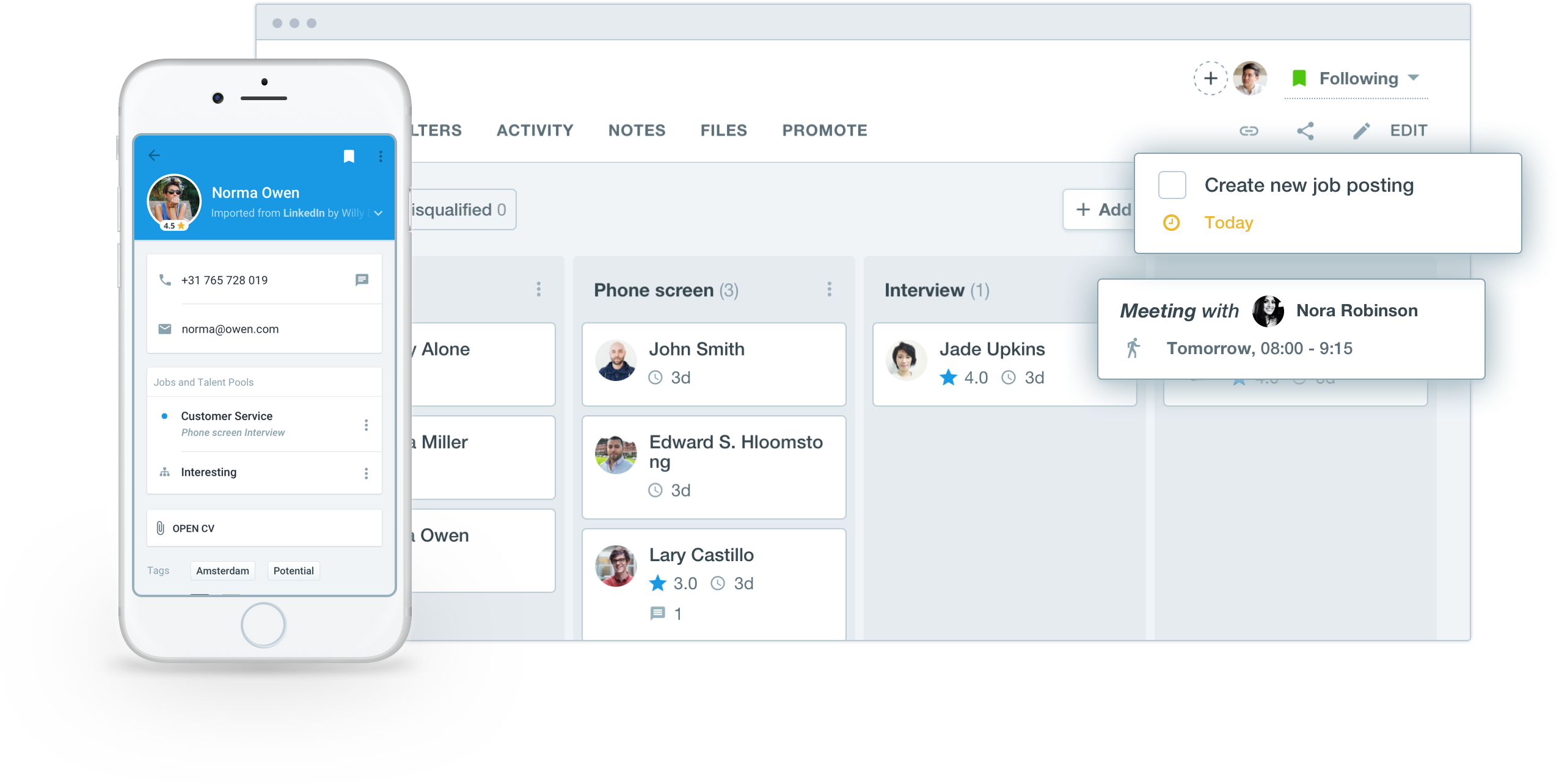
2. Inbox-Zero
Recruiters rely heavily on email for communication with candidates. And emailing, particularly when done in scale, can be seriously overwhelming and a big time waster if not organized the right way.
This time management technique is focused on your emails. More specifically, on keeping your email inbox empty, or as close to empty as you can.
To reach inbox zero, you have to:
- Designate a certain part of the day only for managing your inbox, and stick to it.
- Turn off email notifications and don’t forget to close your email tab in the browser.
- Prioritize your emails:
- Make use of labels and mark your emails according to their priority
- First, reply to only the most important and emails you can answer quickly
- See if you can delegate some emails to other team members
- Archive or delete all unwanted or old messages
This time management method will help you with allocating all of your email activities to a dedicated part of the day and it will enable you to declutter your inbox and respond to important emails more easily.
3. Eat the Frog technique
Eat the Frog technique is primarily aimed at prioritizing tasks. As a recruiter, you are constantly swamped with tasks that all seem urgent and important. This technique teaches you to select your most important or worst task (the Frog) and tackle it first. Only when you have finished with your “frog” can you move on to other tasks, but not before that.
So, how exactly does this time management technique works? You have to identify tasks based on their priority, and label them accordingly, as shown in the following image:
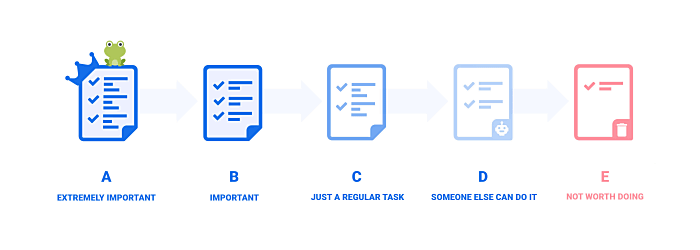
- Task A – most urgent and most important task, the one you should tackle first.
- Task B – second most important task, you should tackle only when finished Task A. Less important, but still vital.
- Task C – a task you could do, but you wouldn’t suffer major consequences if you didn’t do it.
- Task D – a task you should best delegate to someone else.
- Task E – a task you don’t really need to do, so you’re free to discard it.
4. The Eisenhower technique
Before you try out Eat the Frog technique, you’ll first need to define the levels of priority for each task you need to do. This is where the Eisenhower technique comes in handy.
As its name suggests, it was developed by former US president Dwight D. Eisenhower who was known for his productivity. The Eisenhower technique can help recruiters with task prioritization and by letting them know which tasks should be done immediately, which ones should be left for a later time, which ones should be delegated to someone else, and which ones should be eliminated.
There’s a certain similarity with the previous technique we covered, with that difference that it uses a distinctive matrix which helps you with task categorization.
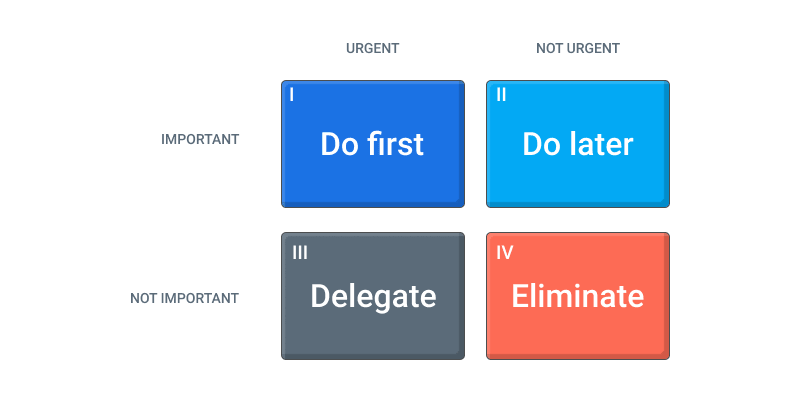
As you can see from the image above, you can use the matrix to sort your tasks into four groups according to importance and urgency:The 1st quadrant – IMPORTANT and URGENT (DO)
It’s a task you need to do right away. You should do these tasks immediately and not leave them until the last minute.
The 2nd quadrant – IMPORTANT but NOT URGENT (DECIDE)
This can be a long-term personal and professional goal. The general rule for this group is to schedule time to work on these tasks. Putting them off will just bump them up until they become urgent, or never addressed.
The 3rd quadrant – UNIMPORTANT but URGENT (DELEGATE), and
These can be smaller, menial, everyday tasks which you can easily delegate or automate. If you have more important work, assigning someone just as informed to hold the meeting will help in the long run.
The 4th quadrant – UNIMPORTANT and NOT URGENT (DELETE)
Activities or tasks that fall into this category are usually distractions. You should eliminate them from your schedule.
5. Timeboxing technique
The idea with Timeboxing technique is to allocate time periods to activities. The idea here is to work in these pre-set “timeboxes” and divide your work time into fixed sessions divided with short break periods.
You then work within this time period until the set time runs out, have a short 5-10 minute break, and repeat.
It’s the same principle on which the popular Pomodoro technique is based on where sessions are divided into 25-minute work intervals followed by 5-minute breaks.
Here is an example of a schedule created using a timeboxing technique:
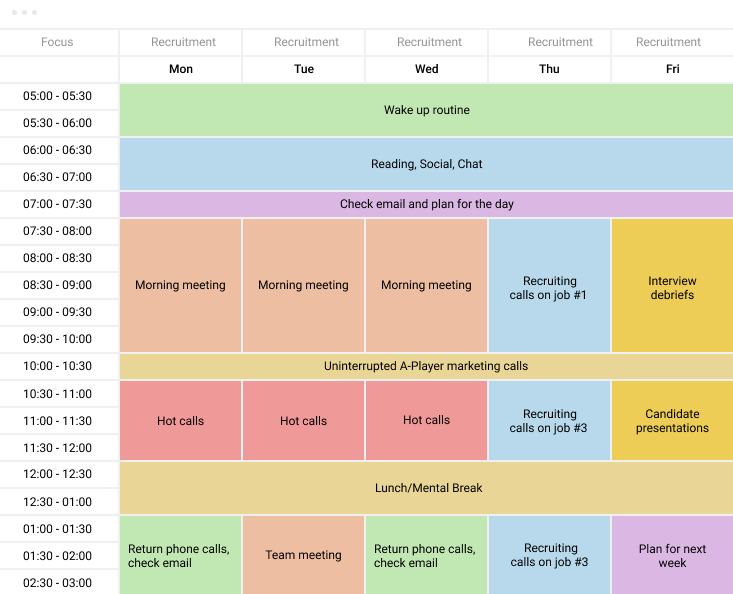
Final words
A good recruiter is expected to have great interpersonal and communication skills, among other things. But time management is often overlooked even though of its huge importance. If you follow the tips and practices mentioned above in your work as a recruiter, you should see the reduction of time needed to successfully finish any given task or project related to hiring top talent.
| About the Author: Marko Maric is a marketing manager and a blogger. He mostly covers topics revolving around business, marketing, and productivity. Marko currently works at Clockify trying to make the world a more productive place. |
How AI & recruitment technology is changing recruiting experience
Find out how tech has helped other companies grow by enhancing both the recruiters’ and candidates’ experience!

